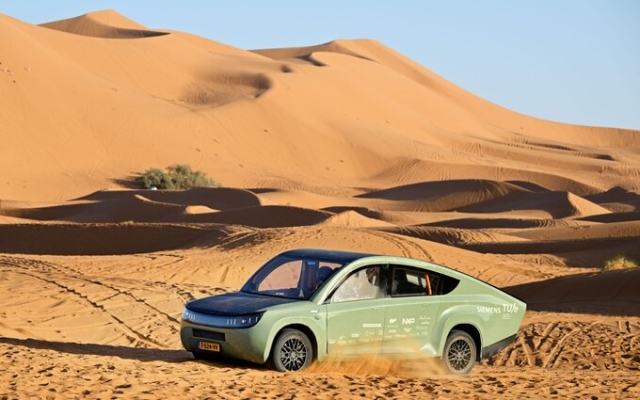 Stella Terra at the end of its 1,000-kilometer journey through Morocco. Photo: Bart van Overbeek
Stella Terra at the end of its 1,000-kilometer journey through Morocco. Photo: Bart van Overbeek
The car, said to be the world's first solar-powered SUV capable of connecting remote areas with limited charging options, took a 620-mile (1,000 km) test drive through Morocco and the Sahara.< /p>
The two-seater Stella Terra, designed by students at the Eindhoven University of Technology, has been tested «on all types of surfaces that such a vehicle could encounter,» its designers said.
Khaki crossover (SUV) uses solar panels on the sloping roof to charge its electric battery, meaning it can travel long distances powered entirely by the sun.
With a top speed of 90 mph (145 km/h), it weighs just 1,200 kg (1.2 tons). ) and has a range of at least 440 miles (710 km) on a sunny day.
This means it is capable of connecting remote areas «where roads are less developed and power grids are not as reliable» as well as providing emergency assistance and delivery, Time Bosman, the team's event manager, told CNN.
Earlier this month, the team tested the vehicle in Morocco, driving more than 621 miles between the country's northern coast and the Sahara Desert in the south.
Its creators said the car was a third more efficient on the road than expected. The car's inverter was found to be 97 percent efficient at converting sunlight absorbed by solar panels into electrical charge.Its lightweight design made it less prone to getting stuck in rough terrain and placed less stress on the suspension. Electric SUVs are heavier than standard electric vehicles and require larger, heavier batteries to power them.
“We really start from scratch and design everything ourselves,” Mr. Bosman said. The Stella Terra weighs approximately 25 percent less than the average midsize SUV.
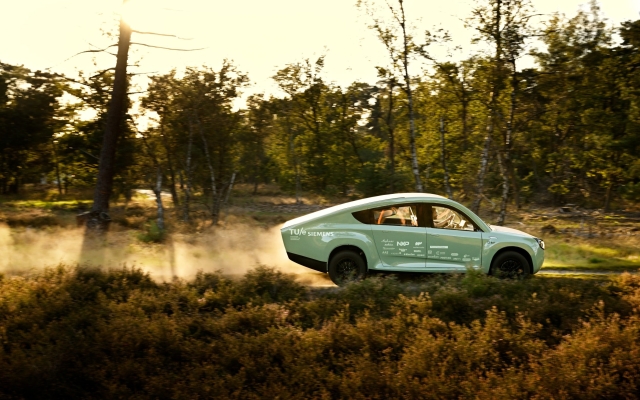 Stella Tara developers tested the vehicle on every surface, which he may encounter in remote areas of Africa. Photo: Bart van Overbeek
Stella Tara developers tested the vehicle on every surface, which he may encounter in remote areas of Africa. Photo: Bart van Overbeek
The car has a rechargeable lithium-ion battery, which will also allow it to operate in less sunny climates, but over shorter distances. It can provide enough electricity to cook food and charge devices such as a phone or camera.
During the week-and-a-half experiment, the steering system failed, but the team was able to repair it en route.< /p>
«[One of the] benefits of having solar panels on top is that we can have a much smaller battery because we charge while we drive,» said Bob van Ginkel, technical manager for Stella Terra.
Because Stella Tera makes long journeys possible, its seats recline completely to form a bed. When the car is stationary, the solar panels can be extended to provide maximum charging while also being used as a canopy for shade.
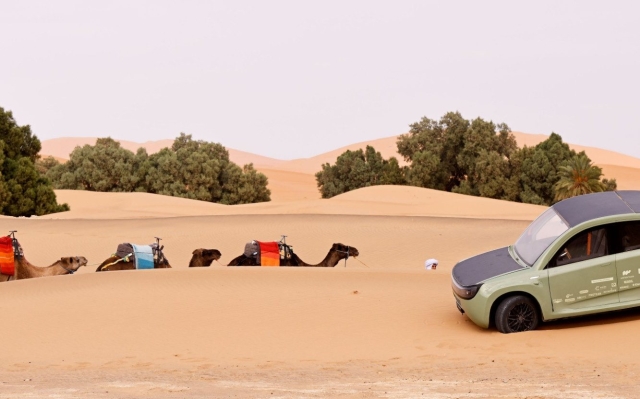 Former students of the University of Eindhoven have developed an affordable and lightweight car. Photo: Bart van Overbeek
Former students of the University of Eindhoven have developed an affordable and lightweight car. Photo: Bart van Overbeek
The main task is turning. concept car into one that can be mass-produced.
Alumni of the Eindhoven student solar program team announced in 2022 that their company Lightyear will begin production of a car equipped with solar panels. But with a price tag of €500,000 (£432,180), the company was forced to file for bankruptcy due to lack of sales. The company has since been revived with a new model that will cost $40,000 (£32,700) per car and can travel around 500 miles on a single charge.
“We aim to inspire not only everyday people, but also motorists. industry, Ford and Chrysler around the world, to think again about their designs and innovate faster than they are doing now,” Mr. Bosman said.
“It’s now all about the market, who has the resources and the ability make these changes and switch to more environmentally friendly vehicles.»
















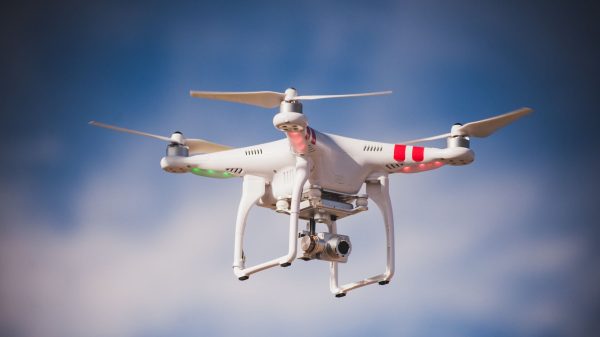
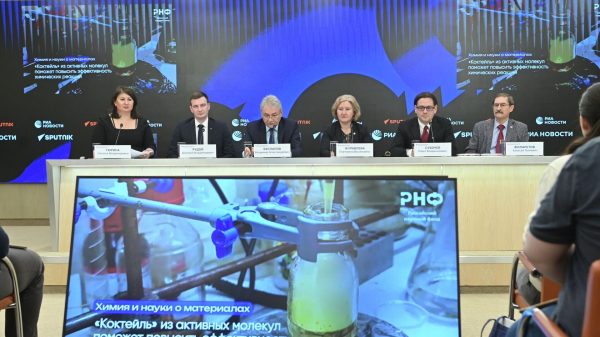































Свежие комментарии